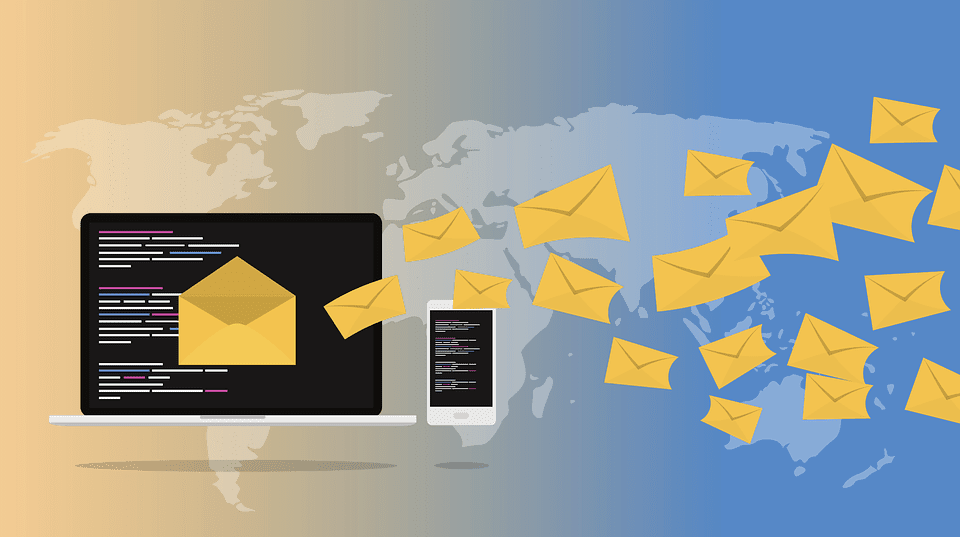If you want to build relationships with other businesses, individuals, or organizations in order to promote your brand or product, then you need to implement a strong outreach. An effective outreach strategy can help you to build credibility, grow your audience, and increase sales. Here are key elements of a successful outreach strategy:
Set Clear Goals
Setting clear goals is essential for any successful outreach initiative. Whether you are trying to engage audiences through marketing campaigns, community events, or social media platforms, having a well-defined goal can be the key to success. When your objective is clearly defined and measurable, it becomes much easier to identify what is working and what needs improvement.
Being able to track progress towards your goals allows you to continuously refine your approach, rather than simply throwing ideas at the wall and seeing what sticks. Ultimately, having a clear goal allows you to not only reach more people efficiently, but also stay focused on what is truly important in your efforts.
Identify Primary Target Audience
When crafting an outreach strategy, it is essential to identify and target your primary audience. This will allow you to align your marketing efforts to the specific needs and interests of this group, increasing the effectiveness of your outreach campaign.
Some key factors to consider when determining your primary target audience include age, gender, location, industry or profession, and existing familiarity with your brand or product. You should also assess whether there are any groups or communities that would be especially receptive to or influential in spreading your message.
Use a Multichannel Approach
Utilizing different outreach channels will help you reach more potential customers and effectively engage with existing audiences. Some of the most popular tools for multichannel marketing include social media, email newsletters, paid advertisements, and blog posts.
With each of these platforms you can share valuable content, draw attention to new products or promotions, and gather feedback from your followers. Furthermore, by adopting a multichannel approach you can target specific customer segments depending on their individual interests and preferences, maximizing the impact of your campaigns.
Develop Engaging Messaging
This involves thinking carefully about the main goals of your campaign and the key concerns or interests of your audience. Having a strong messaging will help to engage and connect with your audience. This can be done through the use of powerful language, catchy slogans, and eye-catching visuals. Additionally, it is important to pay careful attention to the tone of your message in order to ensure that it resonates with your intended audience.
It is also important to be consistent in your messaging across all platforms, including online, print media, and social media. Tailoring your message uniquely to different channels will help you capture the attention and interest of potential supporters and get them excited about your cause.
Additionally, whenever possible, try to incorporate images or video into your messaging to help bring it to life and keep people engaged. With the right combination of compelling content and strategic communication tactics, you can ensure that you reach the widest possible audience and inspire real change.
Keep Track of Your Results
Tracking results will help you to identify areas where your strategy needs improvement and tweak those factors in order to improve your results. Some simple strategies that you can use to keep track of your results include taking note of which types of outlets and platforms seem to be driving the most traffic or engagement, as well as tracking how far each piece of content spreads online. It is important to monitor your reader engagement metrics, such as click-through rates, time on page, and bounce rates.
You can track your results by using advanced email analytics tools that allow you to evaluate which techniques are most effective and to identify trends over time. This information will help you adjust your approach as needed and make more informed decisions about how best to reach potential clients or customers. Even if you are sending out bulk emails, cold calling, or networking in person, email analytics can help you maximize the impact of your efforts and guarantee that your outreach strategy achieves its desired results.
Develop a Follow-up Sequence
Developing a successful outreach strategy is all about building momentum. To do this effectively, it’s important to have a clear follow-up sequence in place. This might include follow-up emails after a meeting or phone calls to check in on progress. It might also include additional training or one-on-one coaching as needed. Whatever the strategy entails, it’s essential to ensure that everyone involved is always moving forward, taking steps to further the goals of the organization and build community support for your cause.
A successful outreach strategy requires careful planning, clear messaging, and consistent implementation across all channels in order to achieve real impact. Whether you are launching a new initiative within your organization or working on behalf of a client or cause that you care about deeply, having the right tools in place will always make all the difference.
